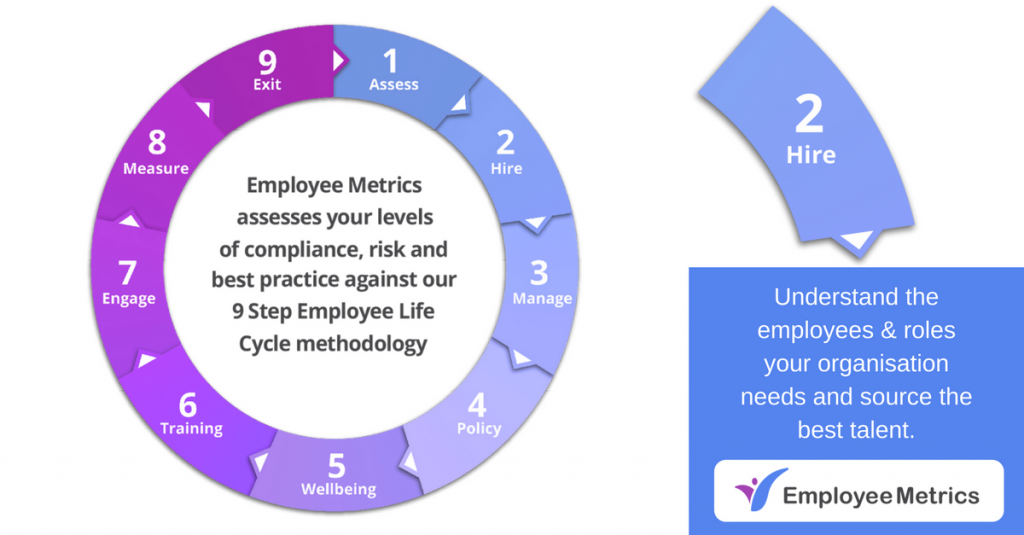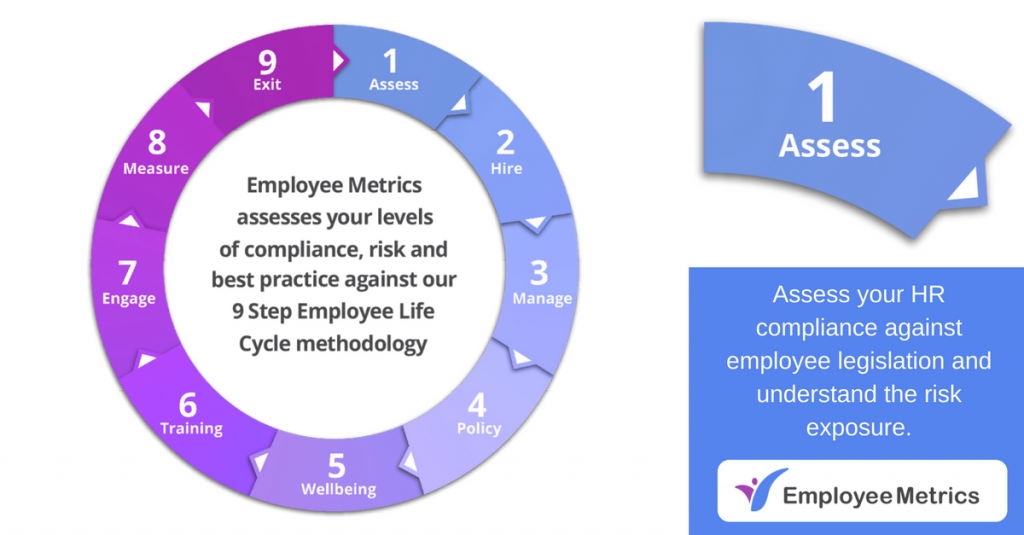If you are new to our Employee Life Cycle series, click here to go back and begin at Step 1, or read on for Step 2 Hire.
Getting the ‘How’ Right in Hire
The Harvard Business Review points out that as much as 80% of employee turnover is due to bad hiring decisions.
What the wrong hire can cost
To hire an employee can cost between 50% -150% on top of the base salary. These costs include HR time, agency fees, advertising costs, time to manage the recruitment process, training and time for the new employee to become fully competent in the role.
Hiring the right candidate takes time
Taking short-cuts to hire may ease immediate resource problems but can create costly regrets in the longer-term. Rather than losing all the time and money associated with making a bad hire, take your time and ensure you’re getting the process right.
Hiring does not need to be risky, uncertain or ambiguous
Hiring is still the single most important yet single most difficult task for businesses today. Having the right hiring practices and processes is the key to effective and efficient hiring practices to attract and secure the right candidates.
Step 2 Hire: Understand the employee, roles and practices you need to source the best talent.
How does Employee Metrics help you achieve HR best practice
The Employee Metrics diagnostic platform walks you through a detailed assessment, supported by an experienced HR Consultant. It helps you assess performance and generates a detailed appraisal of your position across the 9 steps of the Employee Life Cycle. The outcome is a detailed report including recommendations and actions, which can then be prioritised into a strategic program of work that will support you in delivering HR best practice.
The value of a pre-hire assessment
The ability to accurately assess a candidate to a role is critical. Employee Metrics 9 Step process is designed to support businesses get the ‘how’ right in their hiring.
Watch out for next week’s Employee Metrics article;
Step 3 Manage: Getting employee management legally correct daily.

